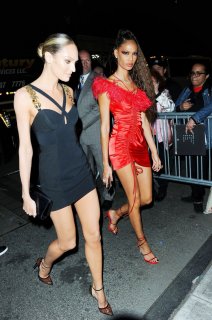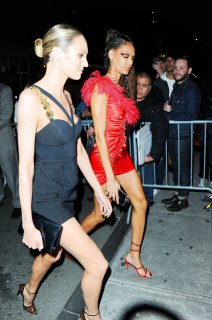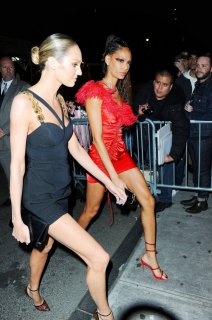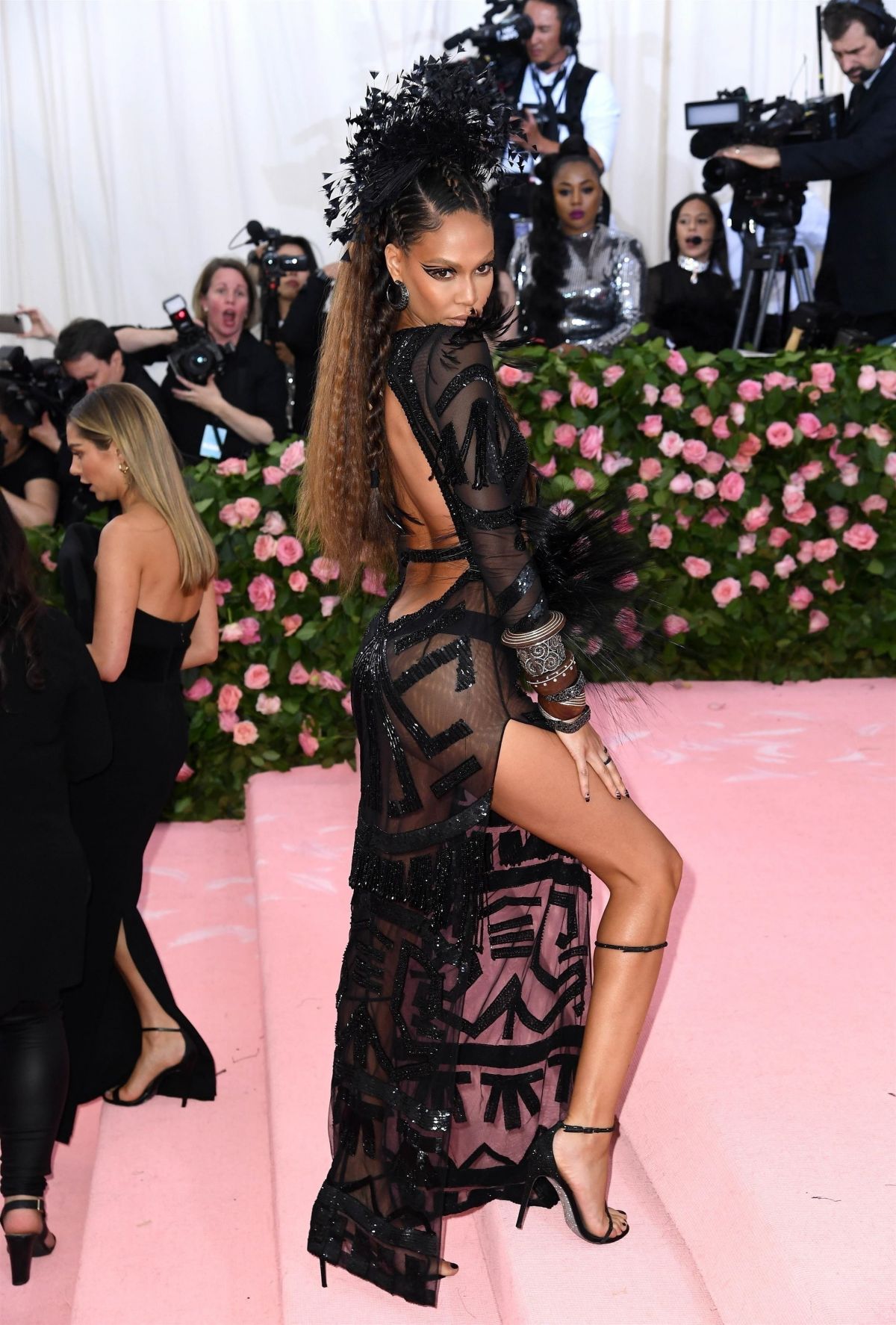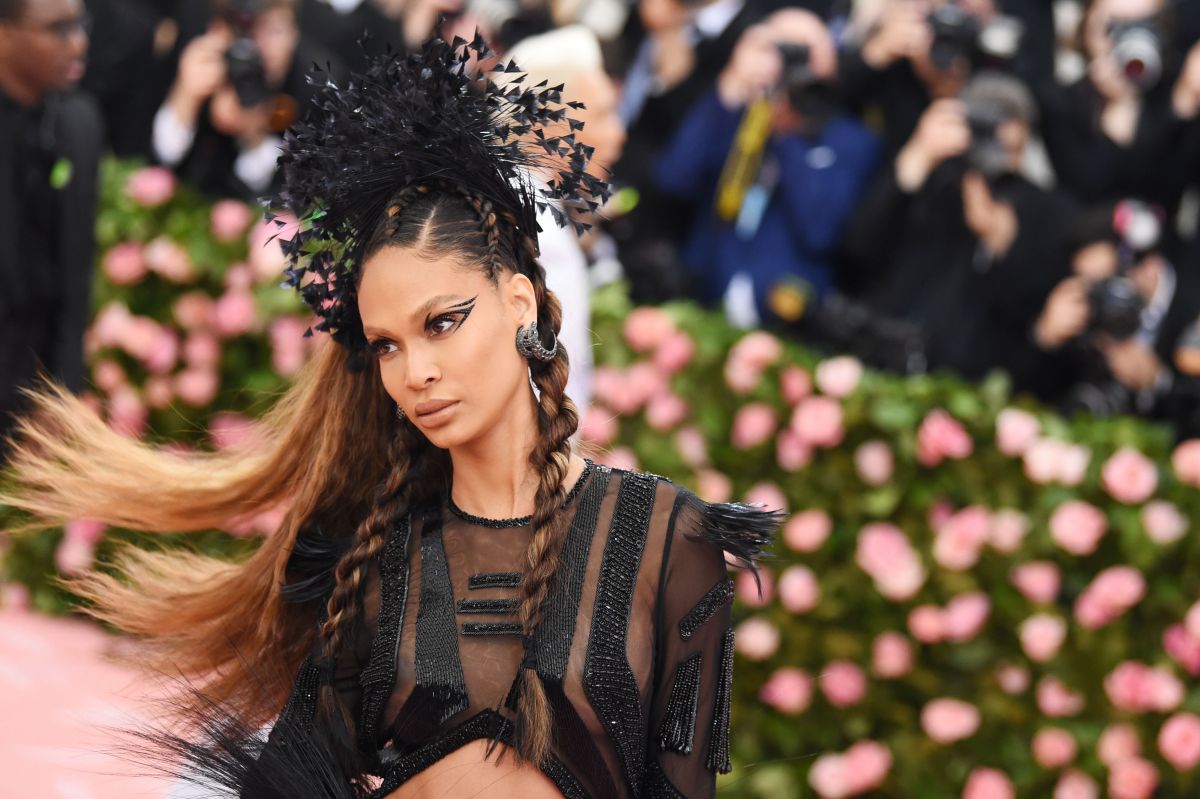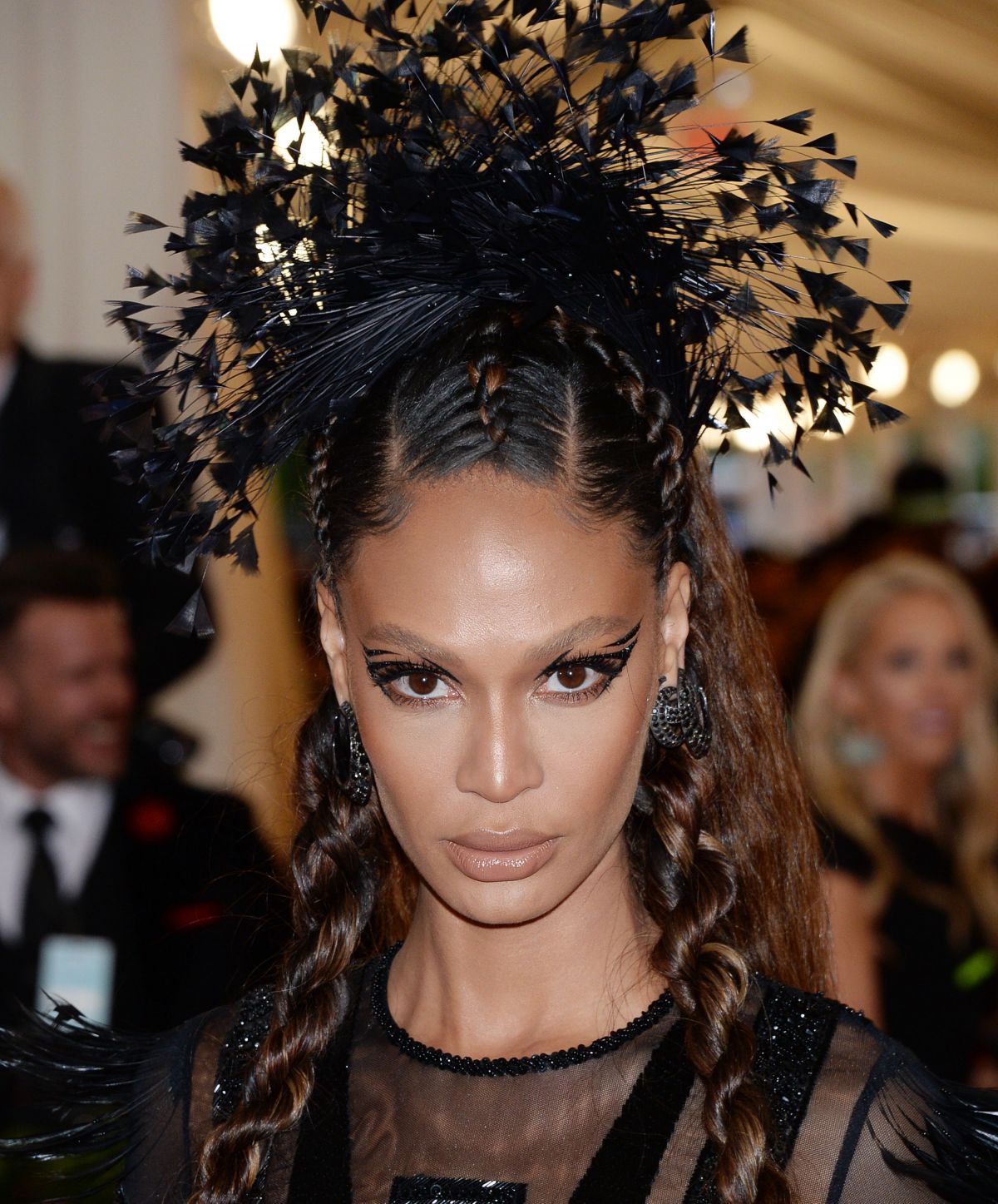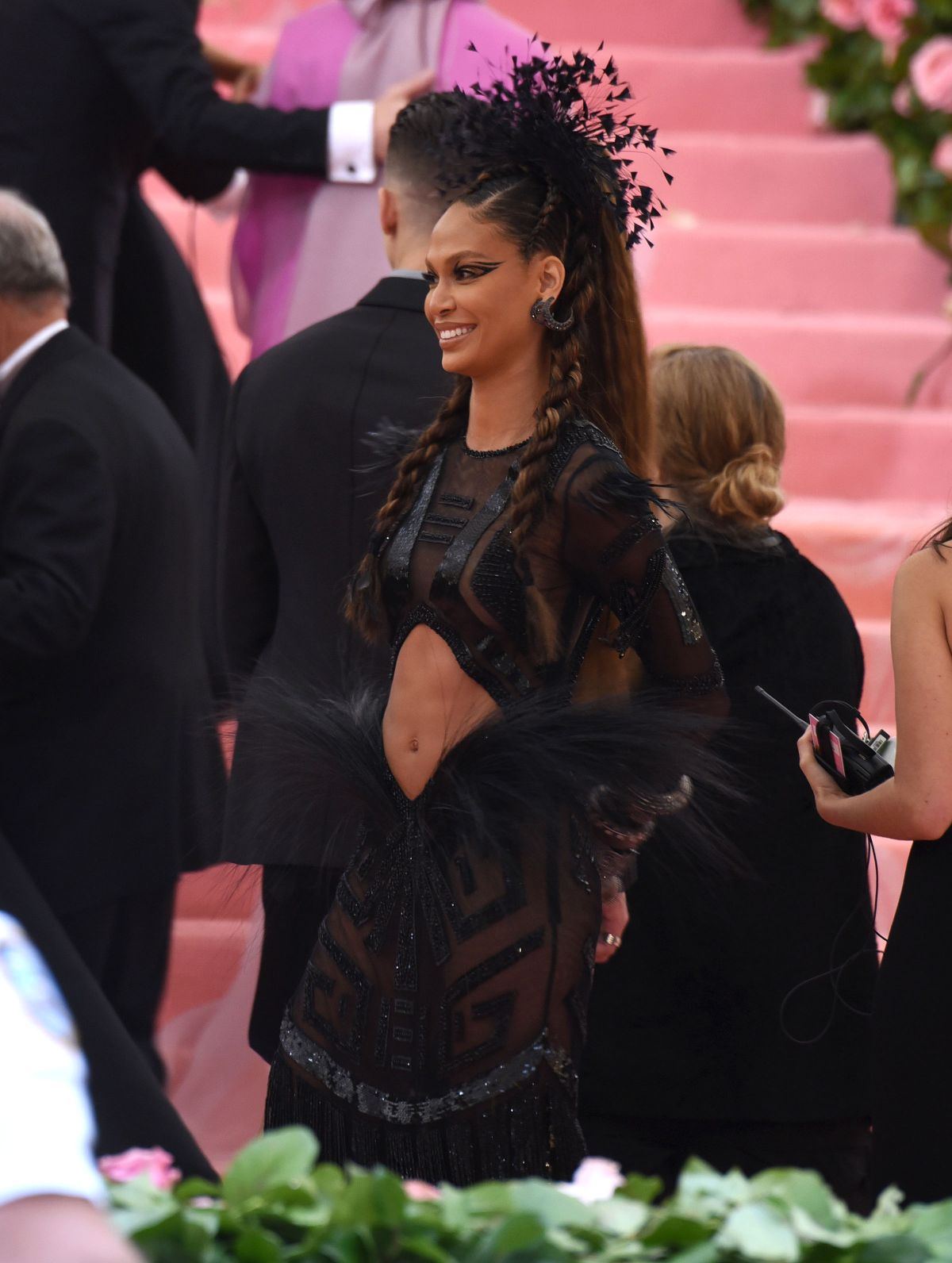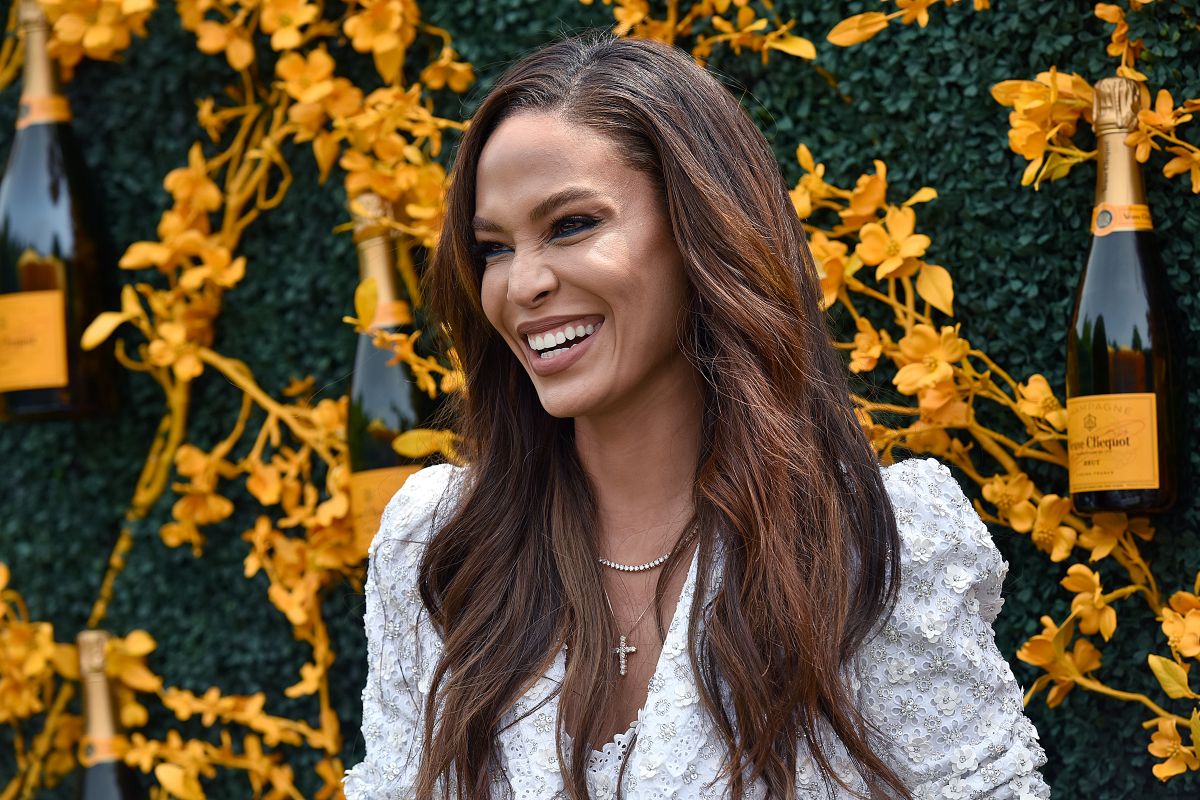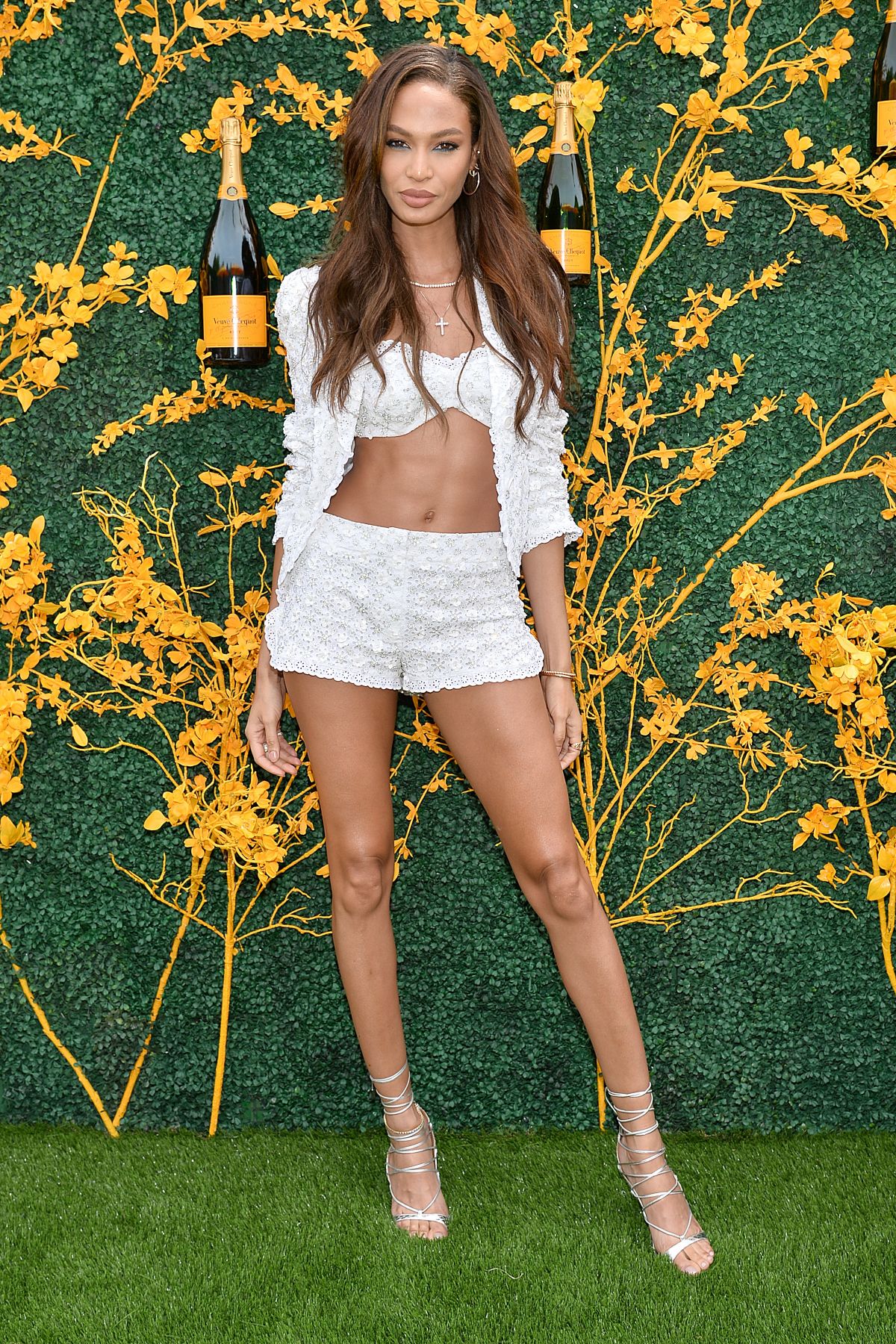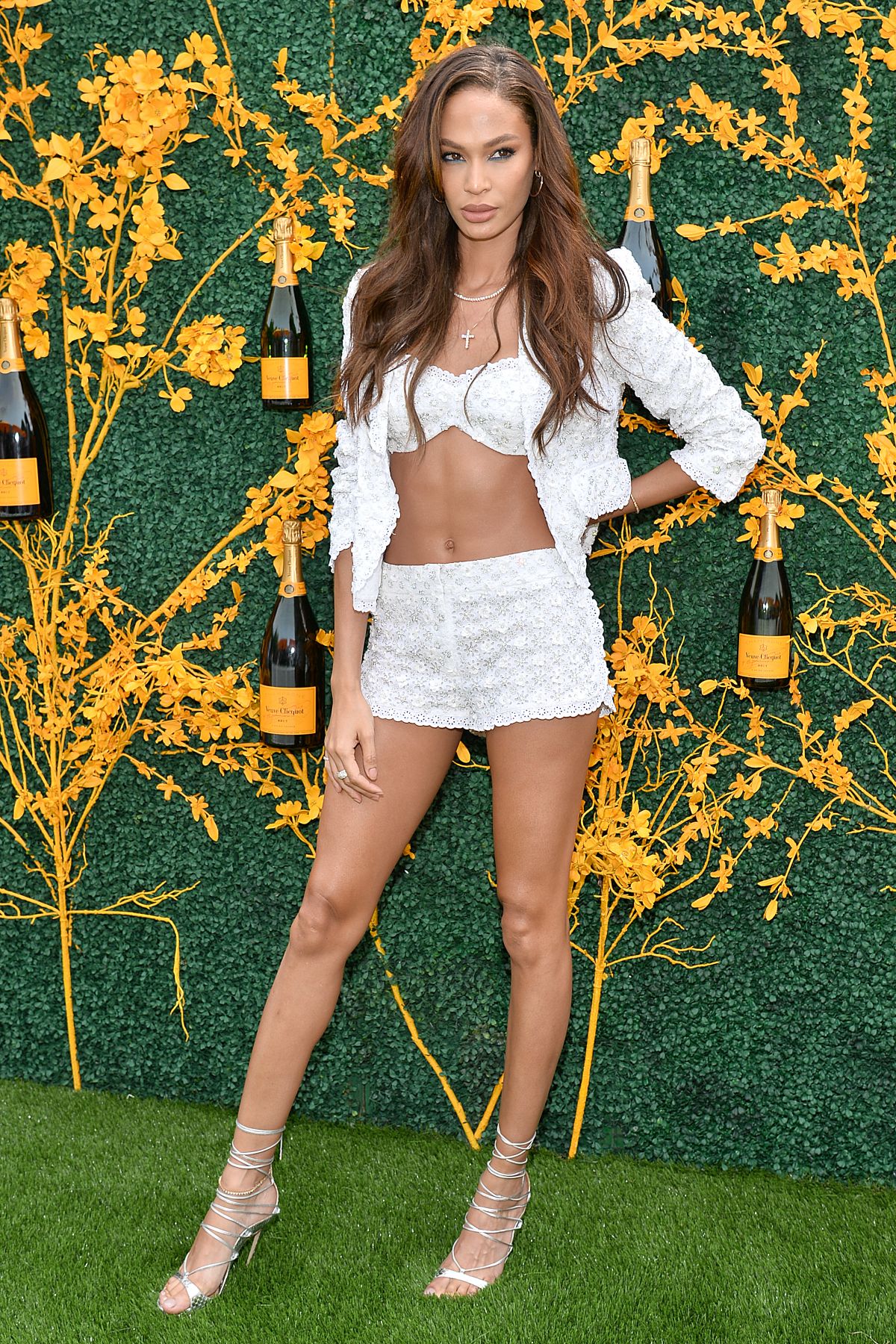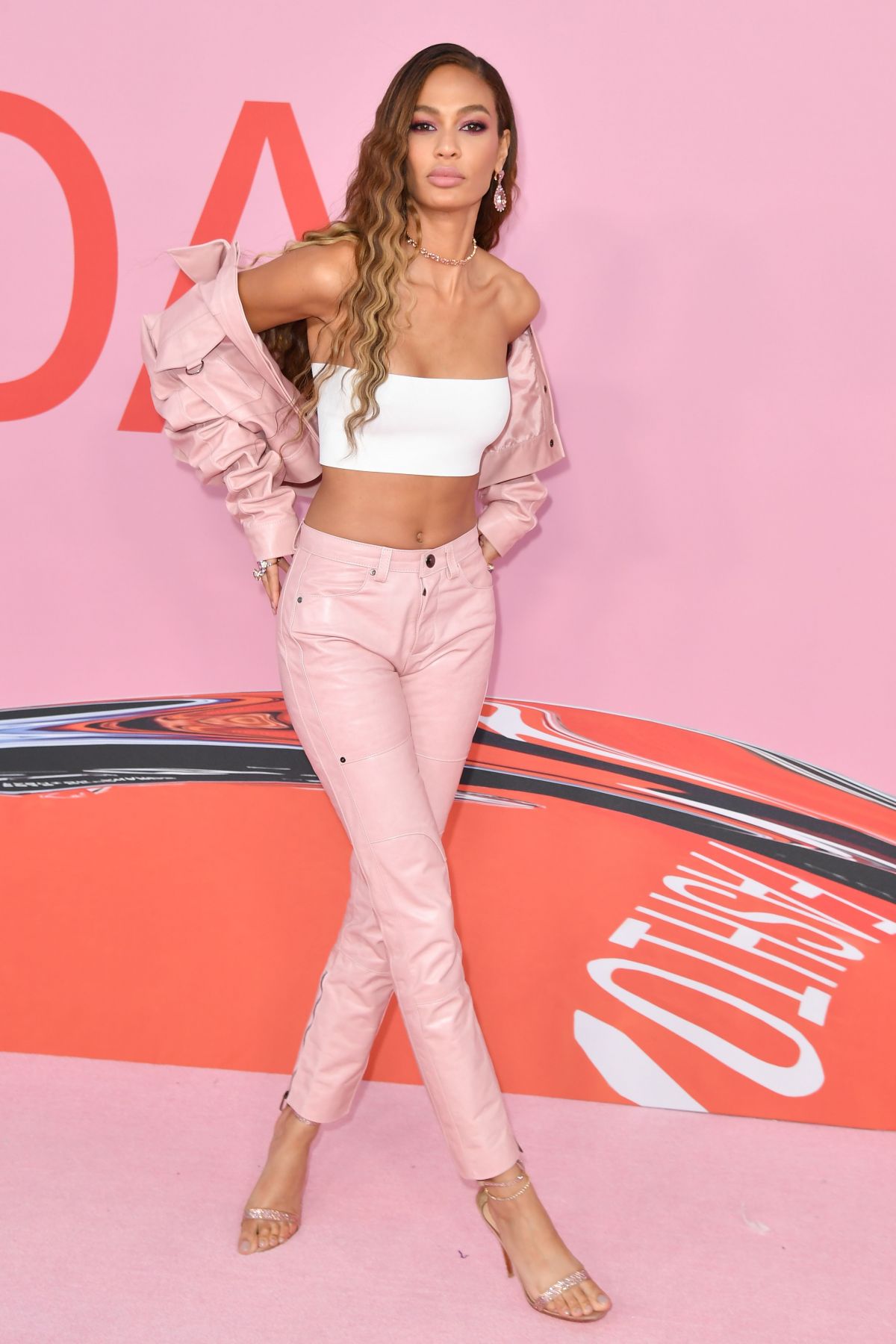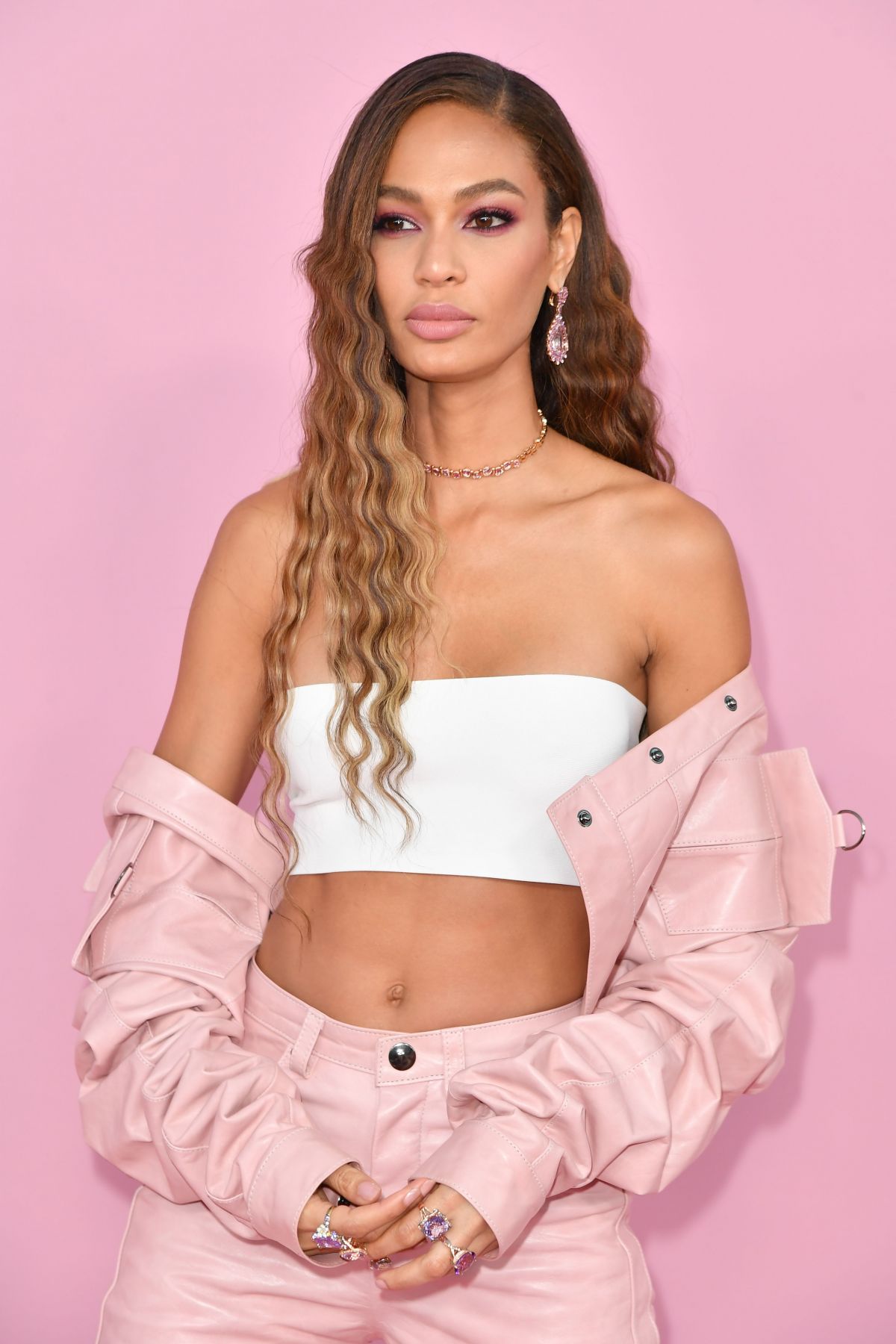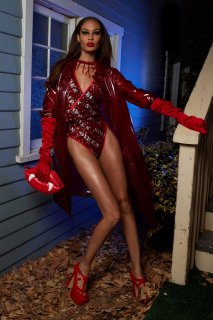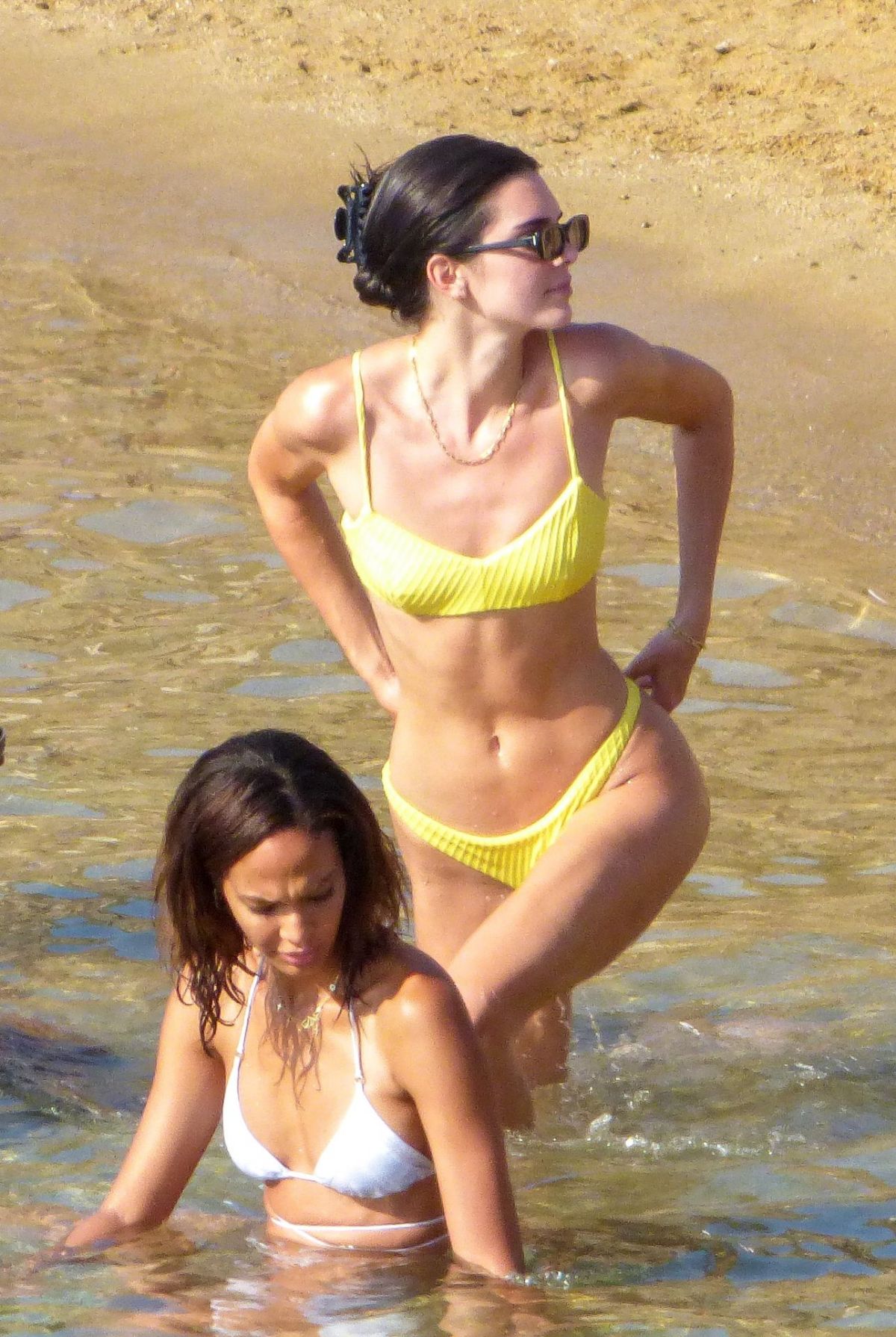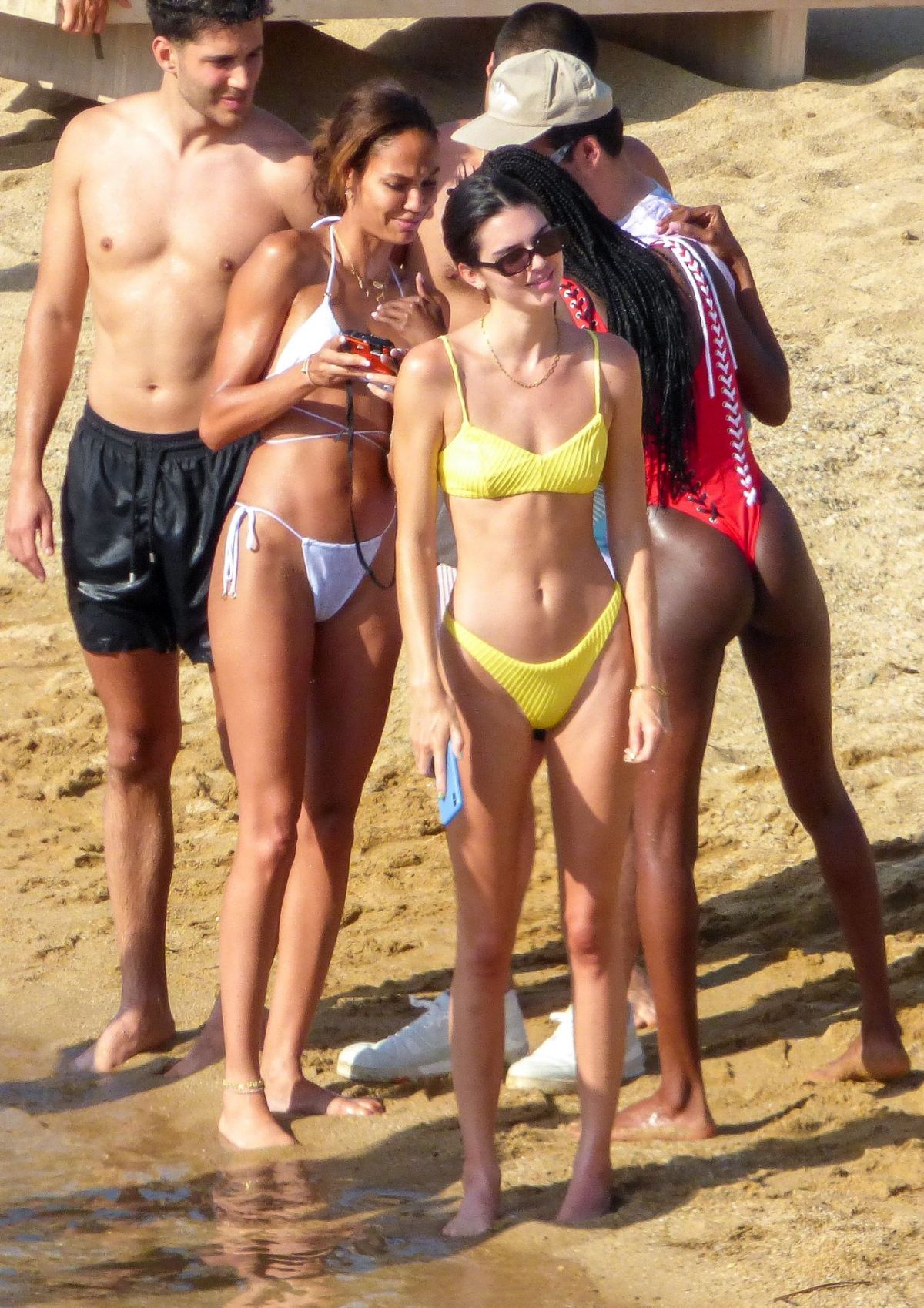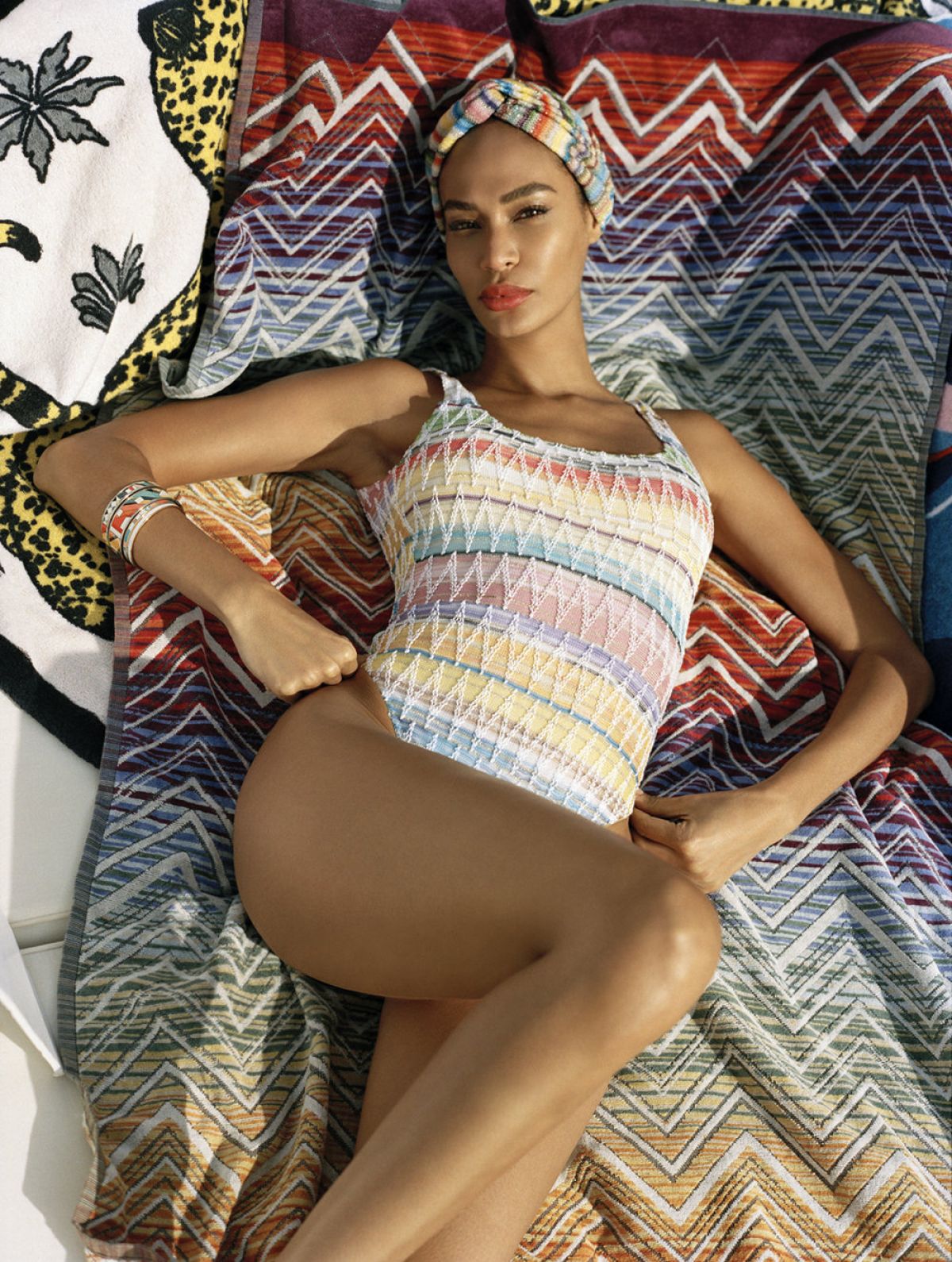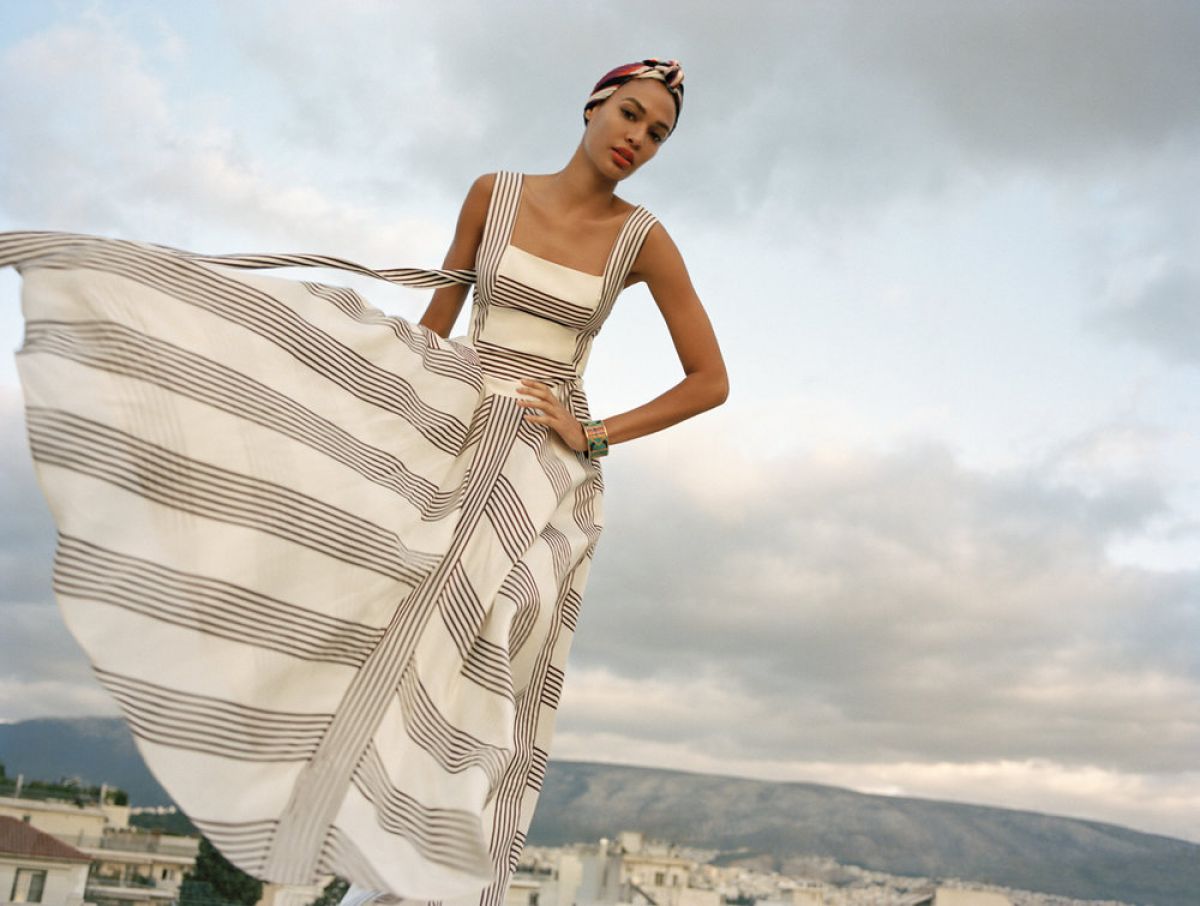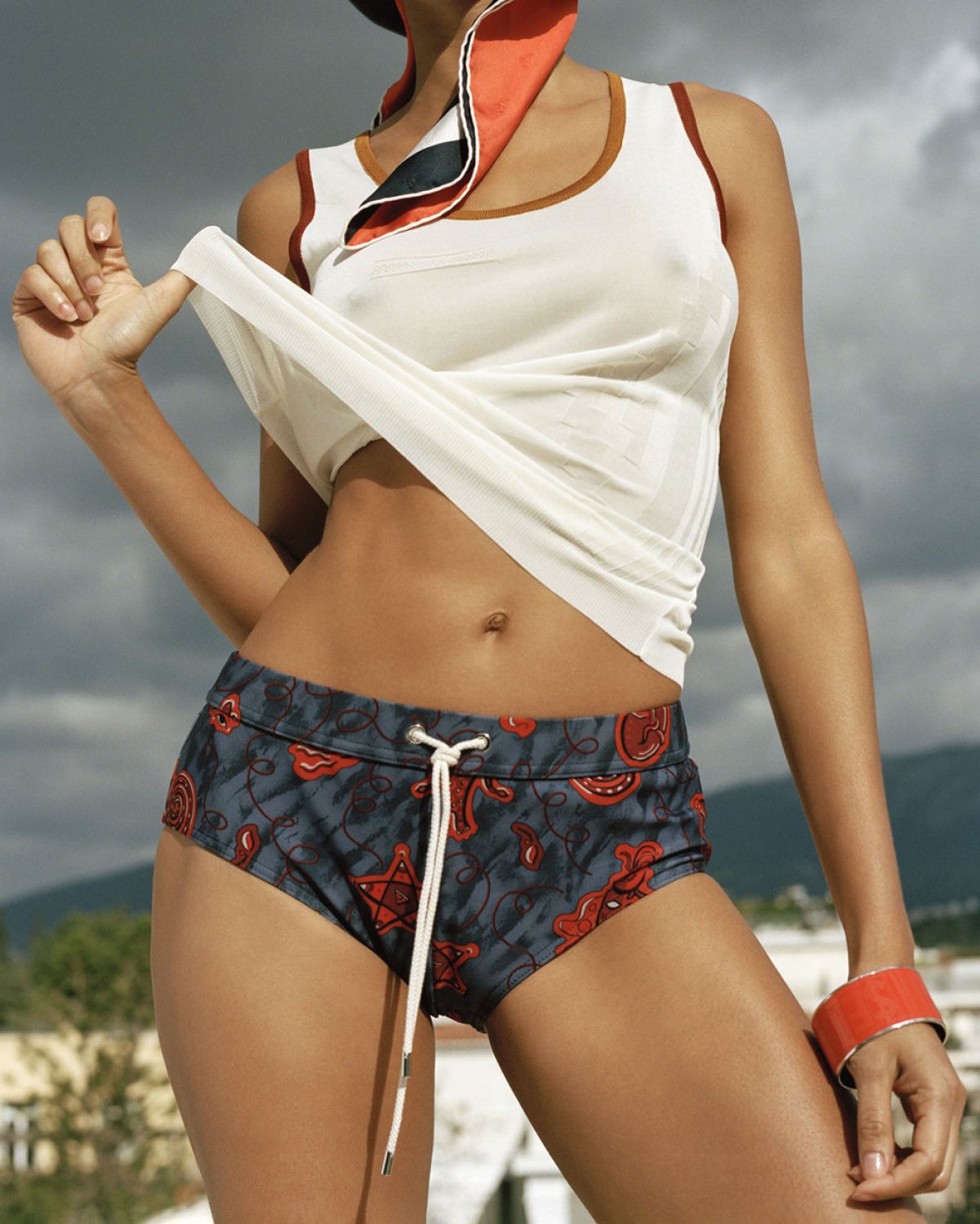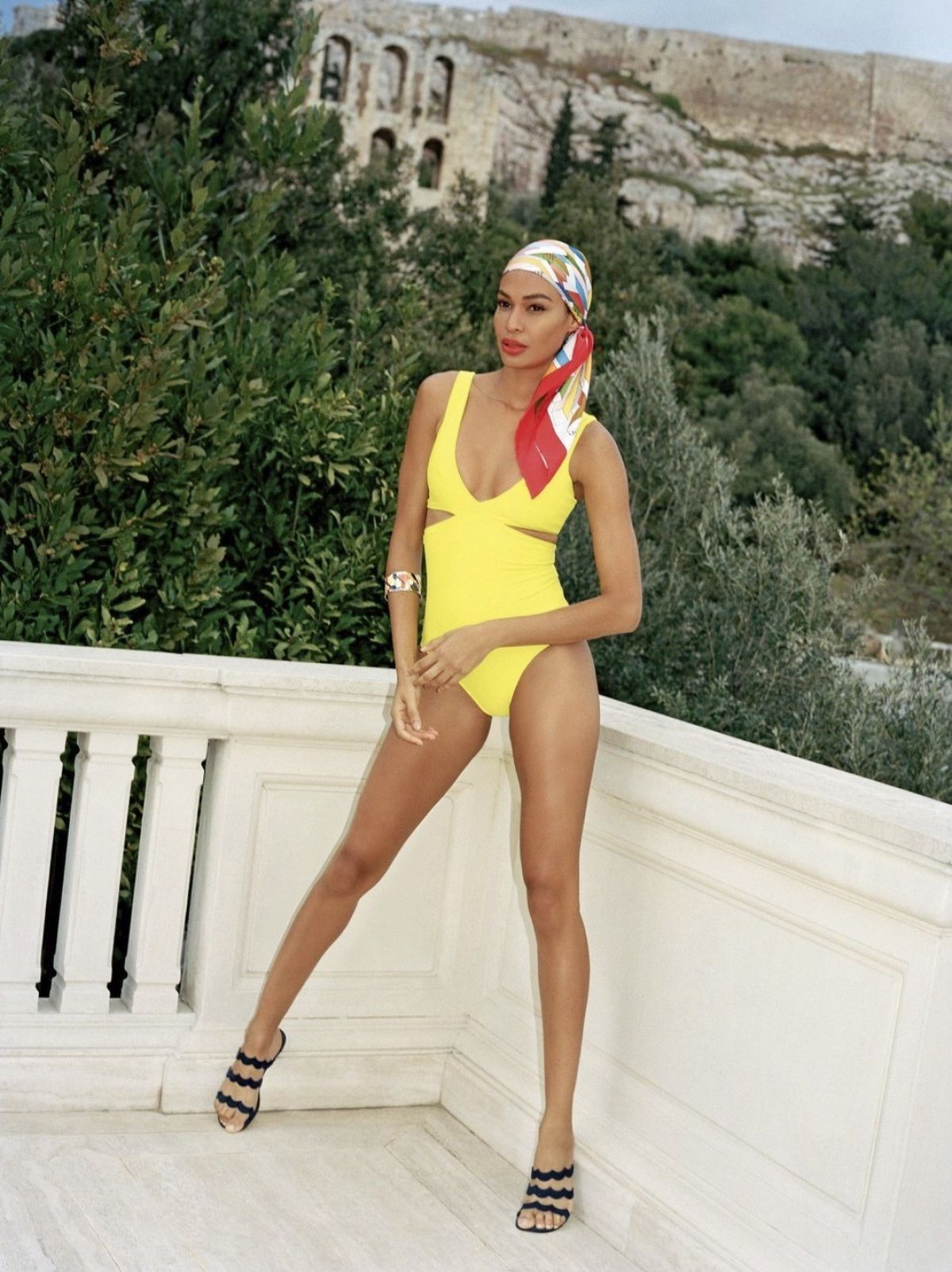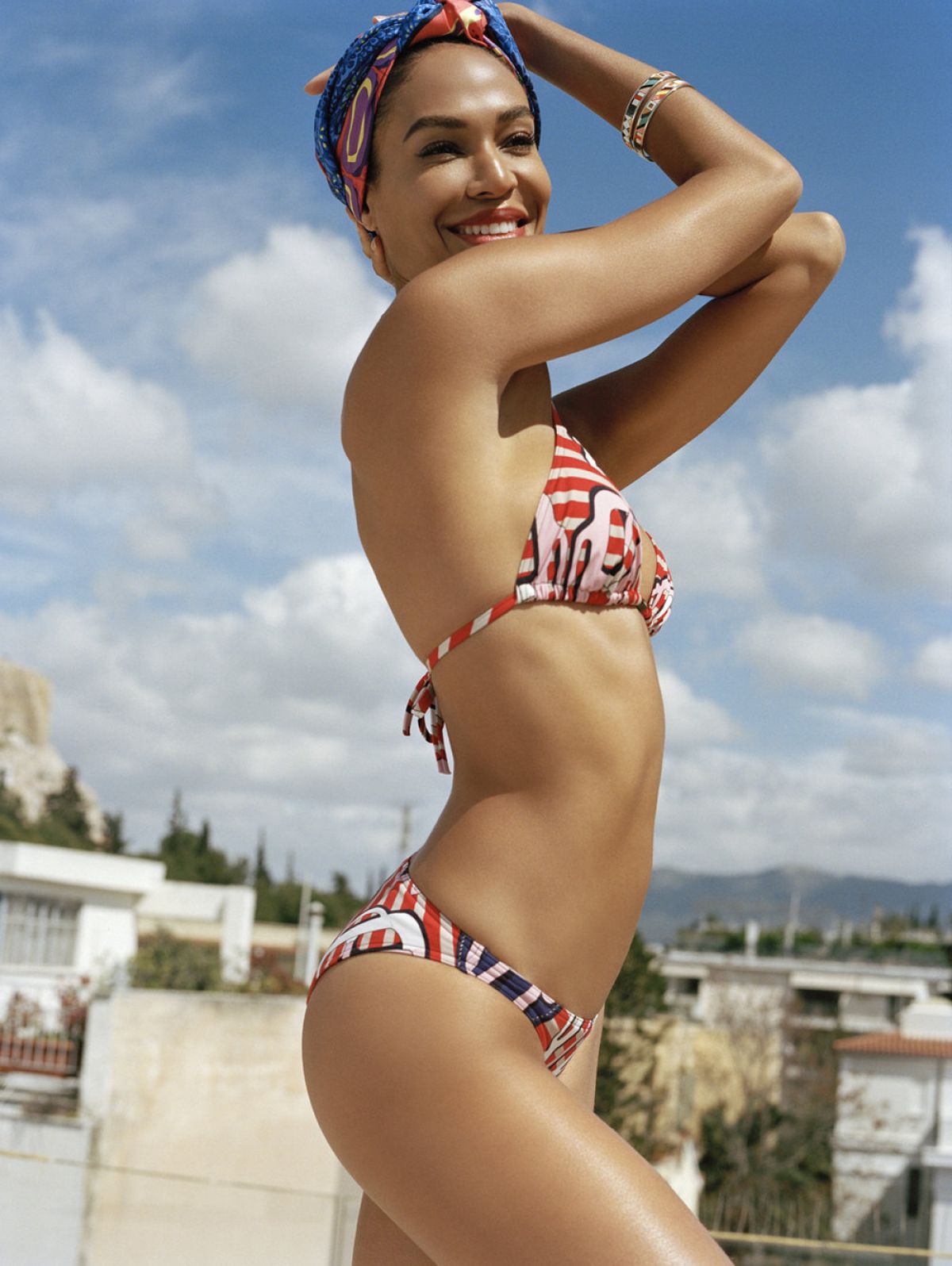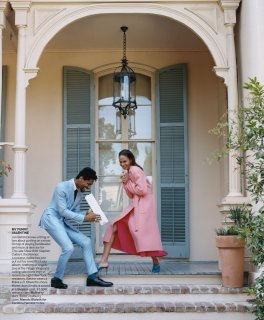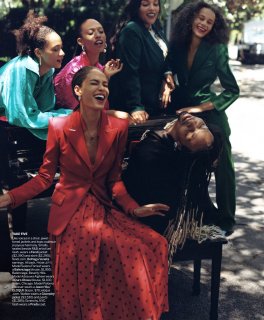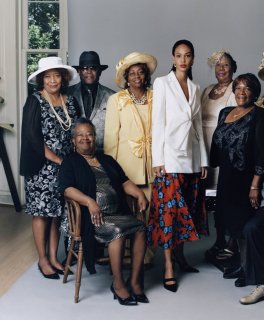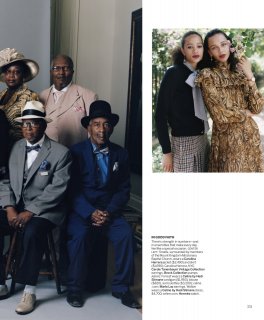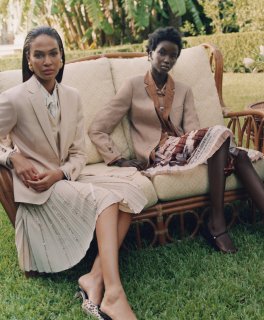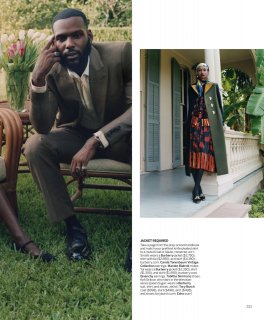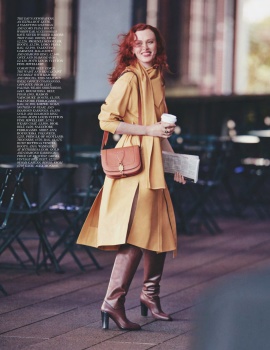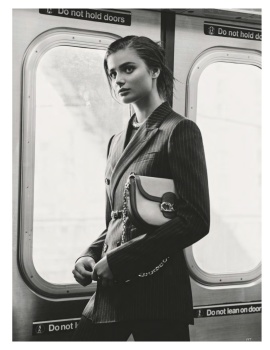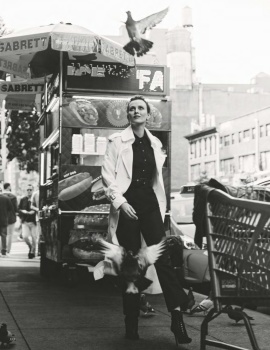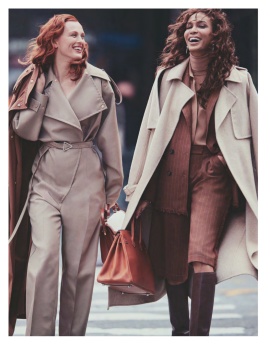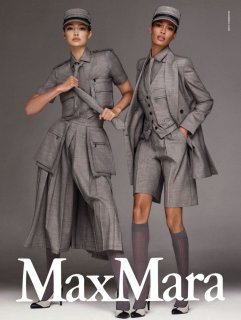-
Announcing... The 3rd annual theFashionSpot Awards for 2025. Vote NOW via the links below:
Designer of the Year
Ready-to-Wear Collection of the Year
Haute Couture Collection of the Year
Model of the Year
Photographer of the Year
Stylist of the Year
Magazine Cover of the Year
Ad Campaign of the Year
Thank you for participating!
VOTING WILL CLOSE 29/12/2025 EOD!
You are using an out of date browser. It may not display this or other websites correctly.
You should upgrade or use an alternative browser.
You should upgrade or use an alternative browser.
Joan Smalls
- Thread starter simplylovely
- Start date
-
- Tags
- puerto rican
simplylovely
Well-Known Member
- Joined
- Apr 30, 2006
- Messages
- 29,392
- Reaction score
- 1,140
Nymphaea
Well-Known Member
- Joined
- Oct 30, 2012
- Messages
- 6,196
- Reaction score
- 695
Porter Edit by Net-A-Porter
September 6, 2019
Going Strong
Model Joan Smalls
Photographer Billy Kidd
Fashion editor Lilli Millhiser
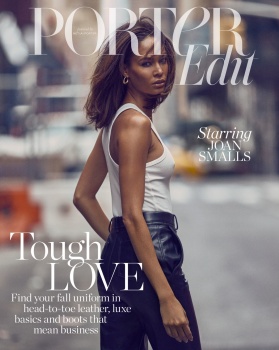
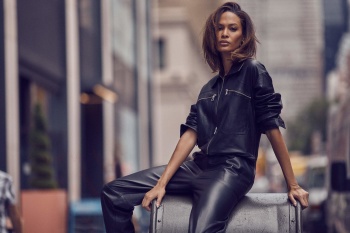

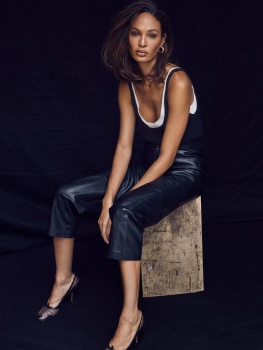
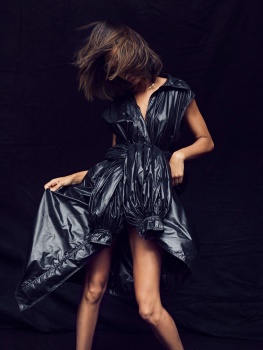

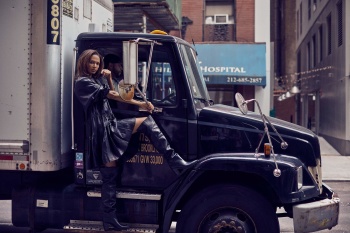
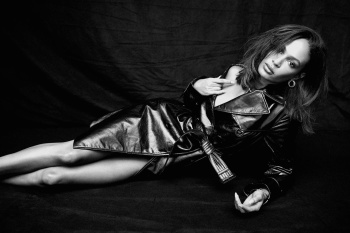

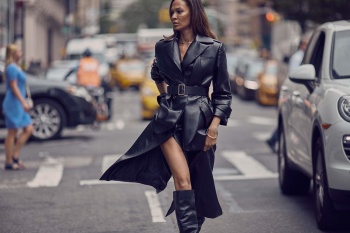
September 6, 2019
Going Strong
Model Joan Smalls
Photographer Billy Kidd
Fashion editor Lilli Millhiser










net-a-porterPuerto Rican supermodel JOAN SMALLS exudes an inner strength that has always been at the core of her identity and stellar career. Here, she talks to GILLIAN BRETT about the need to promote diversity on the runway, overcoming personal adversity and how social media is giving her a voice.
Fiercely driven is just one way that you might describe Joan Smalls, whose stellar ascent over the past 10 years has seen her crowned Model of the Year back in 2012 and hailed as one of the New Supers by models.com. But how might her own friends describe her? She has a think. “Funny,” she starts, “energetic, genuine, a little spicy. Crazy at times, but a good crazy. I’m just being myself,” she says. “There’s a saying in Spanish that goes, ‘No soy un billete de cien para caerle bien a todo el mundo.’ It kind of means, ‘I’m not a hundred-dollar bill, so I know not everybody’s going to like me.’”
Actually, it’s impossible to imagine anyone not liking Smalls, who is everything her friends would say and more – a model whose intense good looks (those eyes, those cheekbones) turn heads on billboards around the world. Since her big break, aged 21, when she walked exclusively for Riccardo Tisci’s SS10 Givenchy couture show in Paris, Smalls has walked in more than 400 shows, appeared on countless magazine covers and fronted campaigns for Tom Ford, Bottega Veneta and Gucci, as well as becoming the first Latina face of cosmetics giant Estée Lauder. Last year, she ranked alongside Bella Hadid as one of the world’s highest-earning models, with an estimated income of $8.5m between June 2017 and June 2018, and there’s no sign of that waning.
Her success, however, wasn’t a sure thing. Unlike most modeling fairy tales, Smalls wasn’t ‘discovered’ by a scout and propelled to stardom; her ambition started brewing as a child, when she would throw imaginary beauty pageants at home in Puerto Rico with her two older sisters. At 13, she entered a modeling competition at her junior high school, though she ended up losing. Undeterred, she sent photos to modeling agencies in New York and Los Angeles, while studying for a BA in psychology at the Interamerican University of Puerto Rico (from which she graduated magna cum laude). She eventually signed to a modeling agency in New York in 2007, but it was her move to IMG two years later that kickstarted her high-fashion career – via that breakout Givenchy casting.
It wasn’t, and still isn’t, all plain sailing for Smalls. At a 2016 Business of Fashion panel talk on diversity and inclusivity, she opened up about the occasions when she’d been turned down for jobs, at times based on her ethnicity. “I’ve always had a struggle trying to get a hair campaign,” she said. “It’s mind boggling. I’ve been on options and they drop me the last minute and their excuse was, ‘we were afraid to try something new’. And by new they meant ‘we’ve never shot a black girl’.” Nonetheless, three years on she is encouraged to see that things have started to change. “The fashion industry has become more open to inclusivity – and to not having just one girl of color or a minority on the runway,” she says. “I remember when I started out, I was [often] the only one that fitted that quota, or there’d be two, or none. Now the industry’s more accepting. I want to see a continuation of it and for it not to be just a phase, like, ‘It’s all about inclusivity, the world wants to be better represented so let’s be on the bandwagon,’ you know? I want it to be because it’s the right thing to do.”
As the daughter of an Afro-Irish accountant father and a Puerto Rican social worker mother, and with Spanish, Taíno and South Asian ancestry, diversity has always been at the core of her identity. “I grew up in a household that was multicultural,” she says of her upbringing on a six-acre farm in Hatillo, northern Puerto Rico. “So, I wanted to experience the world and to be able to grow from other people who are worldly. That’s so important – it’s not just about education, it’s about surrounding yourself with people who are likeminded, people who want to strive, who have ambition.”
Despite her gregarious and spirited personality, Smalls admits that after nearly 10 years of walking the runway, she finds herself seeking serenity during fashion week as the demands of social media have increased. “I don’t do well with a lot of crowds, so I tend to hide out backstage,” she says. “Social media has created this new arena where more is more, and people need more content. Before, you had the behind-the-scenes photographers who took pictures that spread across the websites, magazines and everything. Now you have a photographer or two – one for video and one for pictures – for social media as well. A lot of the time, you’re giving so much of yourself in that short period that it can feel like your energy is more exerted. It’s not just about what people see on the runway; you’re being pulled in 10 different directions – on top of doing hair and makeup, each magazine has its own social media, too. It’s just a lot of layers – that’s why I hide out!”
Smalls uses her own Instagram account (where she has 3.1 million followers) to post selfies and behind-the-scenes snippets, as well as share stories about her home country, causes she supports and doting pictures of her pet rottweiler, Karma. “People get to see your sense of humor, what you stand for, and you can be more vocal. That’s the beauty of social media,” she says. “You don’t have to relay the message through a PR company or through an agency. That’s very empowering, to have your own voice. Especially as a model, when you’re kind of trained to be seen and not heard.” One initiative she is particularly keen to share is the United Nations Girl Up Campaign – a global movement that aims to inspire “young women – and men – to empower their communities and speak out about whatever issues they see in society”. For the past year, she has devoted her time as a speaker at Girl Up summits around the world, and has found herself equally moved by the passionate young campaigners she’s met along the way: “It was just incredible to see the youth be so involved in a better future.”
It’s that strongminded attitude and drive to make a difference that resonate with Smalls. During the 2018 Girl Up leadership summit, she shared how she overcame a diagnosis of scoliosis (a sideways curvature of the spine) by not allowing it to redefine her or discourage her from pursuing her dream of becoming a model. After being told that her spine deviation was two or three degrees away from requiring an operation, her response was to perfect an exercise regime that would help strengthen her back. “I have to make sure my glutes are good and that my lower back has muscles [to support] my body posture because sometimes I slouch. I’m always traveling and standing for a long time, so I pick the right workout to correct that.” Figuratively speaking, Smalls’ backbone is central to her inner strength, too. “If something doesn’t work out, just take it for what it is, don’t hold on to it, and move on. You find growth in failure and that’s how you become a success. It comes from continuing to try.”
Benn98
Well-Known Member
- Joined
- Aug 6, 2014
- Messages
- 42,582
- Reaction score
- 20,787
UK Vogue November 2019
A Certain Romance
Photographer: Nick Knight
Stylist: Edward Enninful
Hair: Jawara
Makeup: Val Garland
Manicure: Marian Newman
Cast: Jourdan Dunn, Lineisy Montero, Duckie Thot, Anok Yai, Tami Williams, Shanelle Nyasiase, Adwoa Aboah, Joan Smalls, Ugbad Abdi, Winnie Harlow

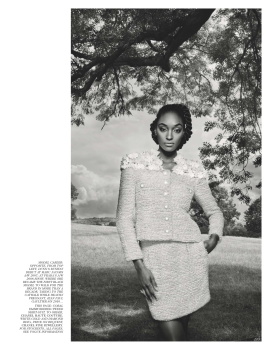


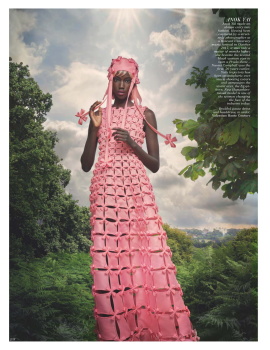
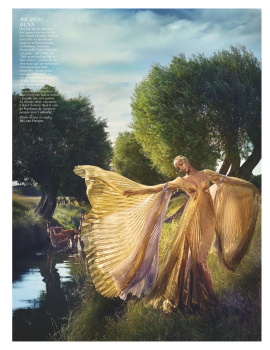
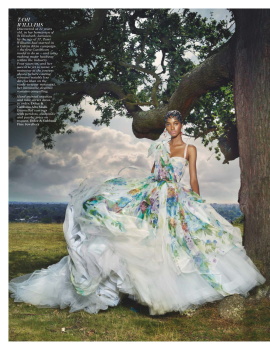

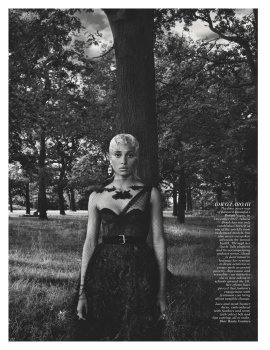
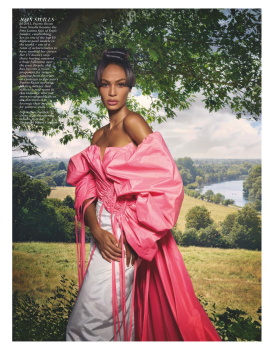
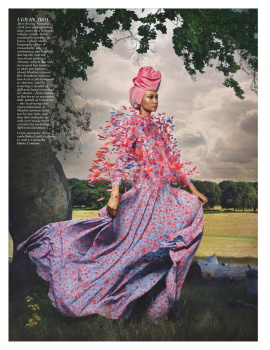
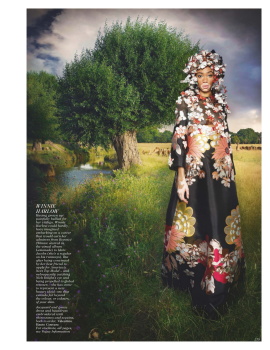
UK Vogue Digital Edition
A Certain Romance
Photographer: Nick Knight
Stylist: Edward Enninful
Hair: Jawara
Makeup: Val Garland
Manicure: Marian Newman
Cast: Jourdan Dunn, Lineisy Montero, Duckie Thot, Anok Yai, Tami Williams, Shanelle Nyasiase, Adwoa Aboah, Joan Smalls, Ugbad Abdi, Winnie Harlow












UK Vogue Digital Edition
Benn98
Well-Known Member
- Joined
- Aug 6, 2014
- Messages
- 42,582
- Reaction score
- 20,787
ThatDudeOverTher
Well-Known Member
- Joined
- Jul 3, 2017
- Messages
- 237
- Reaction score
- 190
Joan may not be the most popular model on this forum but congrats to her for an incredible decade in fashion. Truly one of the definitive models of the past 10 years and a true "supermodel" in every sense of the title. Well done!
simplylovely
Well-Known Member
- Joined
- Apr 30, 2006
- Messages
- 29,392
- Reaction score
- 1,140
simplylovely
Well-Known Member
- Joined
- Apr 30, 2006
- Messages
- 29,392
- Reaction score
- 1,140
simplylovely
Well-Known Member
- Joined
- Apr 30, 2006
- Messages
- 29,392
- Reaction score
- 1,140
Similar Threads
Users who are viewing this thread
Total: 1 (members: 0, guests: 1)

